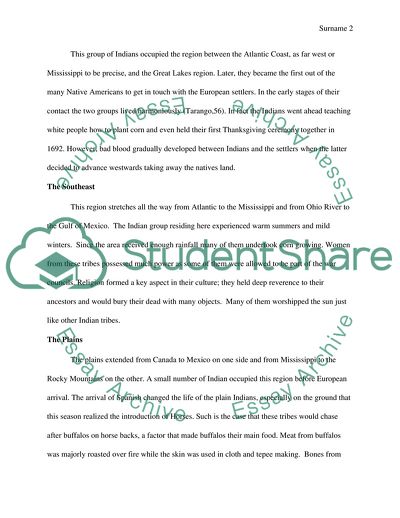Cite this document
(The Native American Indians Term Paper Example | Topics and Well Written Essays - 2000 words, n.d.)
The Native American Indians Term Paper Example | Topics and Well Written Essays - 2000 words. https://studentshare.org/history/1815979-reaction
The Native American Indians Term Paper Example | Topics and Well Written Essays - 2000 words. https://studentshare.org/history/1815979-reaction
(The Native American Indians Term Paper Example | Topics and Well Written Essays - 2000 Words)
The Native American Indians Term Paper Example | Topics and Well Written Essays - 2000 Words. https://studentshare.org/history/1815979-reaction.
The Native American Indians Term Paper Example | Topics and Well Written Essays - 2000 Words. https://studentshare.org/history/1815979-reaction.
“The Native American Indians Term Paper Example | Topics and Well Written Essays - 2000 Words”. https://studentshare.org/history/1815979-reaction.


